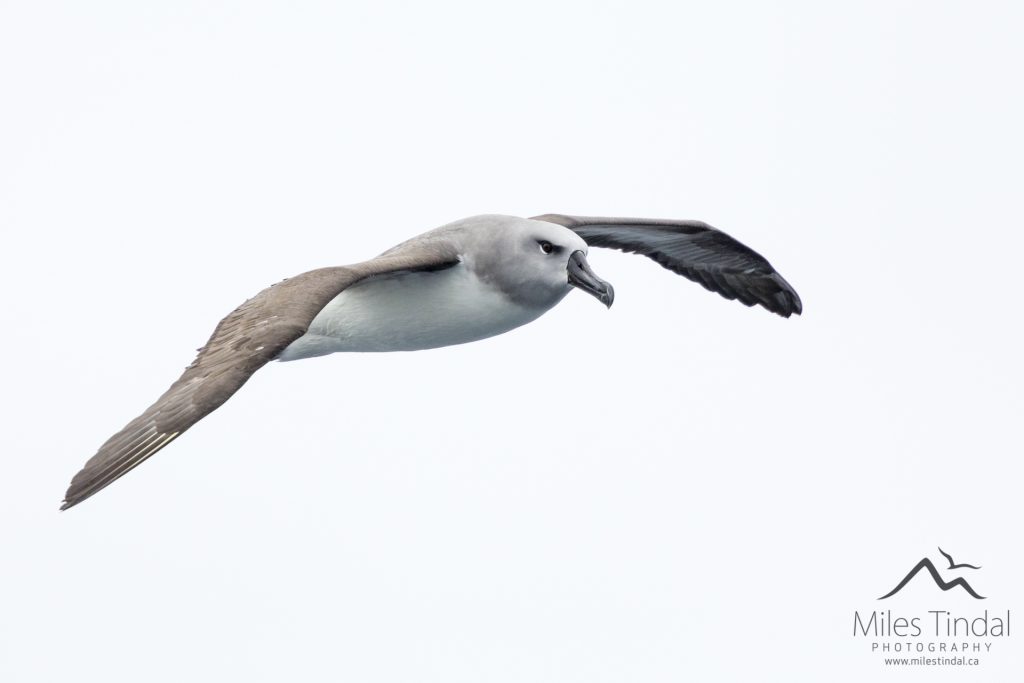I’ve been thinking a lot lately about the Alumni Association’s Antarctica trip that I’ll be hosting in just over three weeks (!!!). In particular, I’ve got the Drake Passage on my mind.
 Our trip, like most trips to Antarctica, is a cruise: We board a ship in Ushuaia, on the southern tip of Argentina, then go through the Beagle Channel and head south. As you can see from the screen grab I took from Google Maps, there’s pretty much nothing between the southern tip of South America and the northern tip of the Antarctic peninsula—just 500 miles of open ocean, an area called the Drake Passage. It takes two days to cross the Drake Passage in each direction, and the potential for seasickness is legendary. Many people consider it the roughest ocean on the planet; one blogger called it “the least enjoyable part about a trip to Antarctica.”
Our trip, like most trips to Antarctica, is a cruise: We board a ship in Ushuaia, on the southern tip of Argentina, then go through the Beagle Channel and head south. As you can see from the screen grab I took from Google Maps, there’s pretty much nothing between the southern tip of South America and the northern tip of the Antarctic peninsula—just 500 miles of open ocean, an area called the Drake Passage. It takes two days to cross the Drake Passage in each direction, and the potential for seasickness is legendary. Many people consider it the roughest ocean on the planet; one blogger called it “the least enjoyable part about a trip to Antarctica.”
But I’m actually excited about the Drake Passage. That’s because it’s also a great opportunity for bird photography. There are a number of seabirds down there that you’re not likely to see anywhere else in the world. They tend to either follow or fly alongside the ship (I guess they’re trying to catch the ship’s updraft?), and as a result, they can get close enough for some good photography.
Cornell University’s “All About Birds” website has a good article on the birds of the Drake Passage, pointing out how hardy they have to be to spend their entire lives at sea, and how graceful they seem in the face of winds and waves that humans would have a tough time surviving.
I remember on the 2002 Antarctic trip spending a lot of time out on the deck, where you could always find a couple of the ship’s naturalists watching the birds. I tried my hand at photographing them, with not much luck (this was back in the film days, and my skills and equipment were a lot more primitive then). But I do remember the birds: petrels, skuas, and albatrosses, among others.
My friend Miles Tindal, who’s a terrific nature photographer, just got back from an Antarctic trip and has a great photo album here. With his permission, I’d like to show you a few of the images he got while shooting from the ship’s deck on the Drake Passage. First, a southern royal albatross:
The southern royal albatross has the second-largest wingspan (10 feet) of any bird in the world; the only one bigger is the wandering albatross, with a wingspan of nearly 11 feet.
Miles also got a grey-headed albatross:
Photographing birds in flight takes a special skill, by the way, and it’s even harder when you’re on the deck of a ship that’s being bounced around on the Drake Passage. Nevertheless, Miles’ images are tack sharp.
He also shared with me this image of a northern giant petrel:
And he has a spectacular close-up of a cape petrel:
I remember learning on the 2002 trip that cape petrels are also called pintados; “pintado” is a Spanish word meaning “painted.”
I really don’t know my seabirds at all; I couldn’t tell you the difference between a petrel and a skua and an albatross. I don’t know why their noses have that tubular thing going on. (Possibly to process seawater?) I can’t wait to learn more about all of those things, and get some cool photos, when we get out onto the Drake Passage. I just have to hope that whatever seasickness medication I take with me is up to the challenge.




Only Tina Hay can make Antarctica sound inviting. I’ll look forward to your photos.